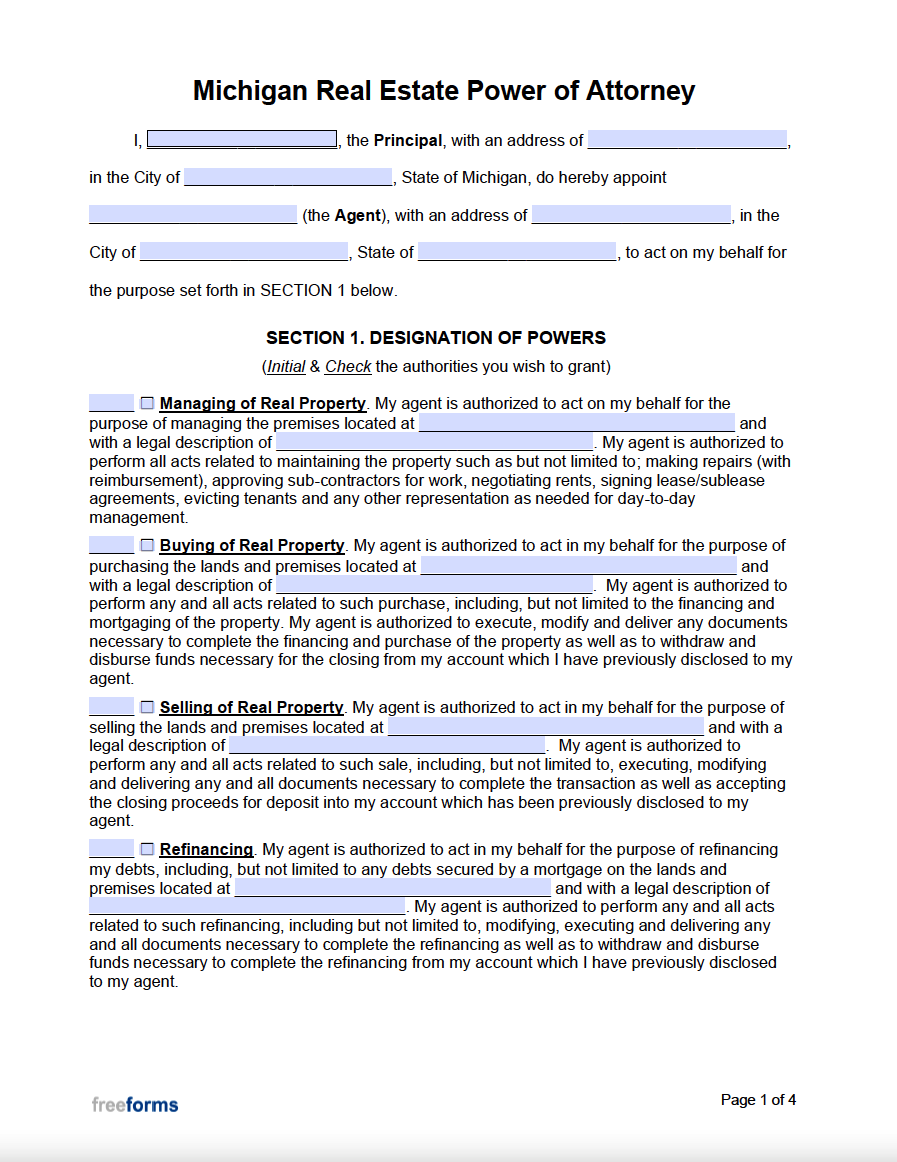
Joint and multiple liability refers to a common legal system which allows two or more people who are liable for the same responsibility. Basically, two or more people are joint liable if they are responsible for the same act. This is unfair for the defendants as well as the injured party. There are several ways to apportion liability in cases involving joint and several liability. Here are the top considerations for deciding whether you can be held jointly- and severally responsible.
Limitation of joint- and multiple liability
While joint and several liability is an important legal concept it has been the subject to much debate in recent years. Its history has shown that it failed in keeping up with changes in law and failed to adequately protect professionals. Although it can be argued that the combination of joint and multiple liability may have discouraged many professionals from entering the field in the first place, other liability regimes could reduce the likelihood of being sued. The real question is, how can we limit our liability?
It is important to know the percentage of fault in each case to limit joint liability. The rule says that if a defendant is 50 per cent at fault, the plaintiff cannot be held jointly responsible to more than 50% of the damages. If the plaintiff is responsible for more than half of the blame, the defendants will only be jointly liable for a percentage of noneconomic damage. This limitation is applicable only to plaintiff's claims.

Inequitable to defendants
The circumstances under which joint and several liability evolved were very different from the current ones. Prior to today, a defendant could only become liable for the plaintiff's losses if it was also negligent. Professionals were only liable for their contractual obligations. A tort claim for economic loss was not allowed. Because of this, courts did not have the power to allocate liability among multiple defendants.
Proponents and supporters of proportionate negligence argue that joint-and-single liability can cut costs by preventing excessive damages for aggrieved Plaintiffs. Proportionate liability advocates point out that it can reduce the number of trials or settlements by settling liability for a loss in one trial and establishing a proportion of liability among the defendants. Opponents of joint and multiple liability argue that the Canadian legal system will be less competitive if there is joint and multiple liability.
Protection for injured parties
A comparative fault rule limits the amount an injured party can collect from a single party, and the more at fault the defendant is, the less the injured party can collect. The comparative fault rule does not allow for joint and several liability. A plaintiff might still need to seek damages against the least at fault party. This rule is more prevalent in the U.S. and is generally favored for personal injury cases.
Joint and multiple liability protection for injured parties is available in cases of multiple-party neglect. This allows the injured party to receive compensation from any person or business that is legally responsible for the injury. If an injured worker is exposed to asbestos on multiple jobsites, multiple employers or architects might share responsibility for the damages. The injured party can collect from as many liable parties possible by using joint and multiple liability.

Rules for apportioning the liability
Over the years, tort law has seen the rule of apportionment change. In the beginning of the 20th century, apportions were common, but courts began to abandon them. Courts began to shun apportionment because it could lead to invidious distinctions and serious conflicts of interests. Today, most defendants prefer pro rata contribution, which guarantees them a higher offset in a case taken to trial.
A defendant's share in negligence cases is determined by his or her percentage. The court reduces damages to each defendant if there are more defendants at fault than one. Equally, damages cannot be claimed by the plaintiff if one defendant was 50% at fault. This rule is inconsistent in many states.
FAQ
What type of job opportunities can I expect once I am done with college?
There are three main career paths for graduates: public service, private practice and public interest. Public interest jobs include working as an attorney at a nonprofit organization or as a judge. Private practice positions may include solo practitioner, partner in a company, or corporate counsel. One of the many government service positions is as a defense attorney, prosecutor, or judge.
Can I become an attorney without going to law school
Yes, you can!
An unrelated degree is acceptable if the law system and its workings are well understood. You should learn how laws work together and what makes them different.
You need to know how to read and interpret regulations, statutes and court decisions. You should understand the basic concepts of constitutional law, administrative law, contract law, property law, criminal law, civil procedure, evidence, torts, bankruptcy, intellectual property, and employment law.
Passing the bar exam is necessary to become a lawyer. The bar examination tests your knowledge of law and your ability apply the law in real-life scenarios. It tests your knowledge and ability to write briefs and analyze cases.
There are two parts to the bar exam: the oral and written sections. Multiple choice questions make up the written portion. The oral part is composed of simulated trials. Before taking the bar exam you need to have studied for several months.
Not only will you need to pass your bar exam but you also have to be admitted to the jurisdiction where you intend to practice law. Different jurisdictions have different admission requirements. You can check with State Bar Association for information.
How can I get into law school
Applications are accepted throughout the year by law schools. Many students apply early to avoid waiting for the applications to flood in late fall/early Winter. Contact the admissions office at the law school you choose if you are interested in applying.
Statistics
- According to the Occupational Outlook Handbook published by the Bureau of Labor Statistics, the national average annual wage of a lawyer is $144,230. (legal.io)
- Just 59.2 percent of 2015 law school grads held full-time, long-term jobs as lawyers 10 months after graduation, according to data from the American Bar Association (ABA). (rasmussen.edu)
- The nationwide number of first-year students enrolling last fall increased by almost 12%, according to recent data by the American Bar Association. (stfrancislaw.com)
- The median annual salary for lawyers in 2016 was $118,160, according to the U.S. Bureau of Labor Statistics (BLS). (rasmussen.edu)
- The states that saw the biggest increase in average salary over the last 5 years are Rhode Island (+26.6%), Wisconsin (+24.1), Massachusetts (23.2%), Wyoming (18.3%), and North Dakota (18.1%). (legal.io)
External Links
How To
How to make a will with a lawyer
A will, which is an important legal document, determines who gets what upon your death. It also includes instructions for how to pay off any debts or other financial obligations.
A will must be written by a solicitor and signed by at least two witnesses. You have the option to opt not to create a will if everything is to be left to someone else, with no restrictions on how they spend it. But this could lead to problems later on if you can't consent to medical treatment and decide where people live.
The state can appoint trustees to administer your estate until you are buried. This includes paying off all debts and donating any property. If there is no will, the trustees will sell your house and distribute the proceeds among your beneficiaries. They will also charge a fee for administering your estate.
There are three main reasons why you need to draw up a will. It protects your loved-ones from being left in financial ruin. It makes sure that your wishes are honored after your death. It also makes it easier to designate an executor (person who will carry out your wishes).
First, contact a lawyer to discuss your options. The cost of a will depends on whether you're single, married, or widowed. In addition to writing a will, solicitors can advise you on other matters such as:
-
Giving gifts to loved ones
-
Choose guardians for your children
-
Paying off loans
-
Manage your affairs while you're still alive
-
Avoiding probate
-
How to avoid capital gains taxes when you sell assets
-
What happens to your home if you die before you sell it
-
Who pays for funeral costs
Either write the will yourself, or have a relative or friend help you. However, if you sign a will on behalf of someone else, it cannot be changed.